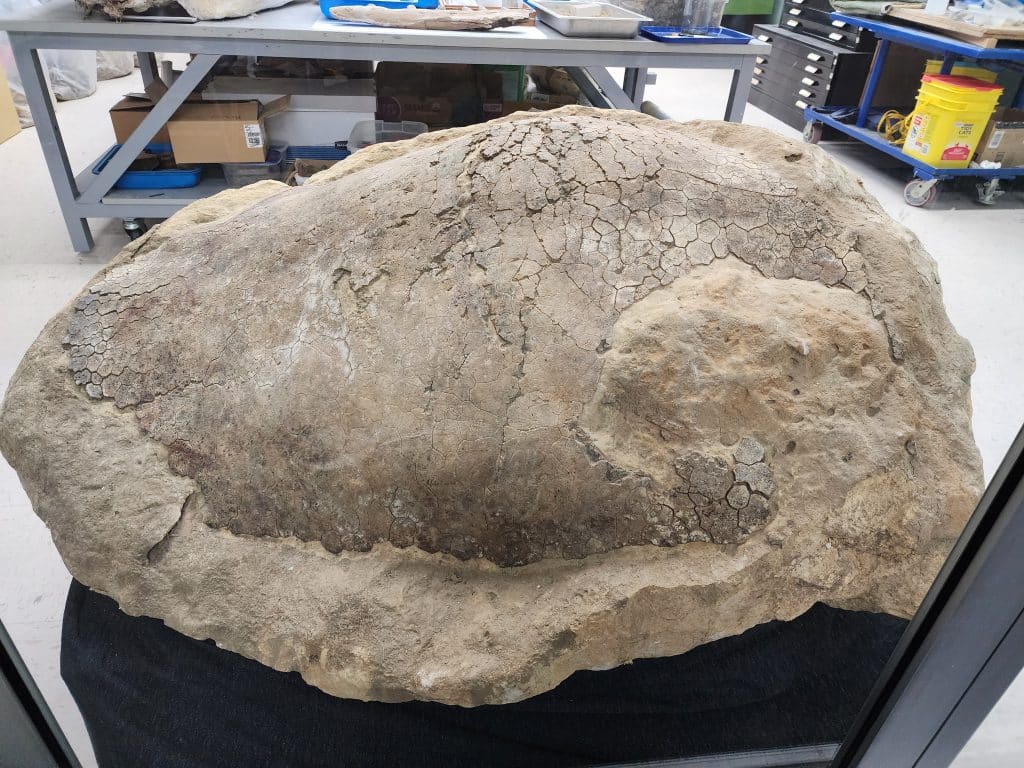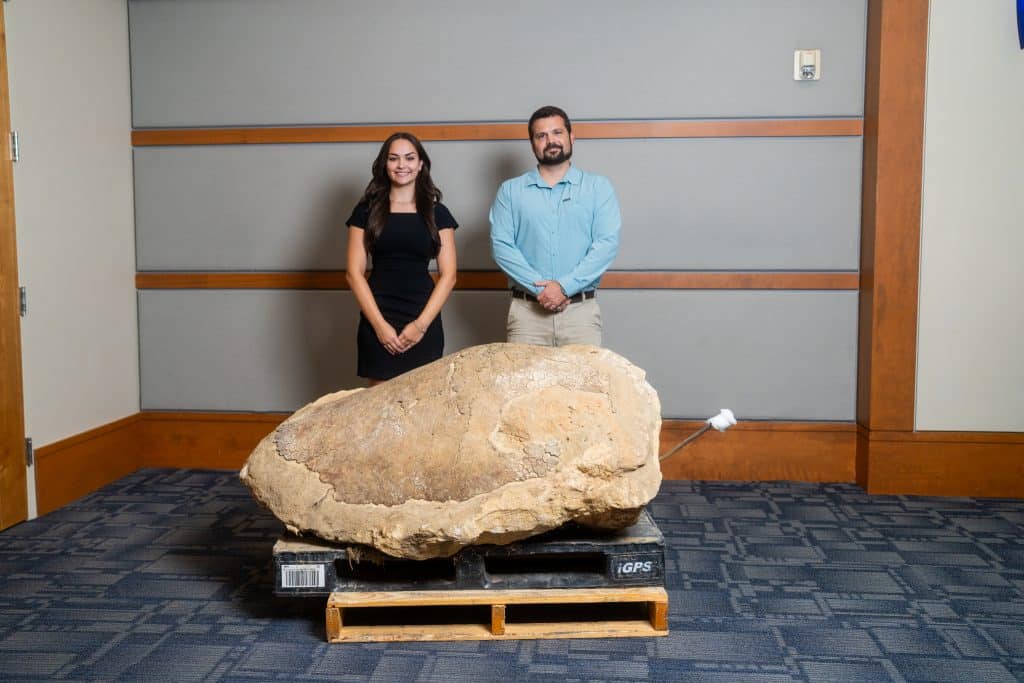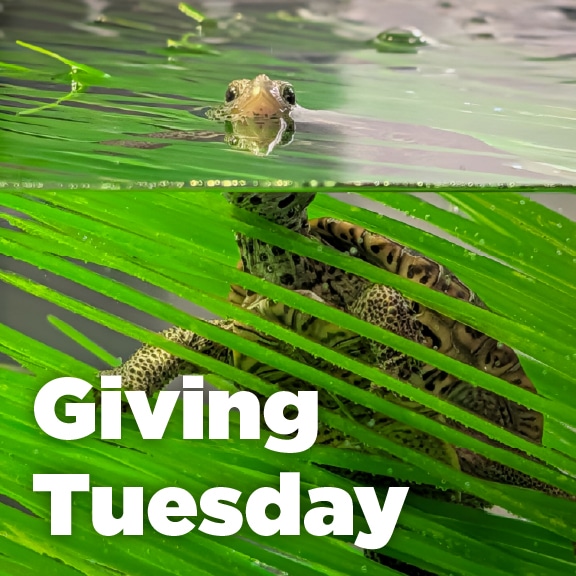McWane Science Center is proud to introduce our newest living exhibit: The Terrapin Nursery, a…
A New Chapter in Alabama’s Deep Past: McWane Welcomes Ueloca colemanorum to the Explore Lab
In McWane Science Center’s Explore Lab, a remarkable newcomer now resides: Ueloca colemanorum, a 32-million-year-old leatherback sea turtle whose fossil shell is among the most complete ever found. This discovery is not just a rare paleontological find — it is a bridge between science, heritage, and public wonder.

A Fortuitous Discovery on a Quiet Riverbank
The story begins with the Coleman family of Mobile, Alabama. What started as a routine fishing trip turned into a truly once-in-a-lifetime find when the family spotted a fossil embedded in limestone near a riverbank. Their curiosity led them to contact Dr. Andrew Gentry, a paleontologist specializing in turtles. After careful field recovery involving McWane Science Center, the Geological Survey of Alabama, Dauphin Island Sea Lab, and others, the fossil was safely transported to labs for study.
From Field to Explore Lab: How It Got Here
Once recovered, the fossil underwent painstaking preparation and study by a team spanning institutions and scientific disciplines. Dr. Gentry and Jun Ebersole, McWane’s Director of Collections led the effort to bring this specimen into McWane’s care.
Given McWane’s role in preserving Alabama’s natural history, adding Ueloca colemanorum enriches the museum’s already vast collection — which includes half a million specimens across the fields of paleontology, zoology, and archaeology — and offers visitors a chance to engage with cutting-edge science first-hand.
What This Find Tells Us
Leatherback turtles are unusual among turtles: rather than having shells comprised of large solid bony plates, they are made of a mosaics of small bones, called ossicles, that are held together by connective tissue. After the turtle dies and the soft tissues decompose, the ossicles usually fall apart, making intact fossils of leatherback shells extremely rare.
What makes Ueloca colemanorum stand out:
- It lacks longitudinal ridges (a feature present in other leatherback lineages) — its shell was relatively smooth.
- Its carapace is comprised of parallel rows of enlarged ossicles interspersed with smaller ones arranged in floriform (flower-like) patterns.
- Histological (bone structure) studies show a cancellous (porous) core and an external compact cortex, but no basal compact layer — a trait also seen in modern leatherback turtles.
Because the specimen is so complete, it adds critical data as to how leatherback shells evolved. The research suggests that there were at least two lineages (lineages called Uelocini and Dermochelyini) evolving in parallel, each adapting mosaic ossicle structures in distinct ways over tens of millions of years.

Naming Ueloca colemanorum: A Blend of Science and Culture
The genus and species name tells a story in two parts:
- Ueloca (pronounced Wee-low-juh) is formed from the Muscogee (Mvskoke) words “Uewa” (water) and “Locv” (turtle). This choice honors the Indigenous people of the region and acknowledges the importance of connecting cultural heritage with natural history.
- colemanorum honors the Coleman family (Adrienne, Adam, Talah, and Corey) for discovering the specimen and supporting its retrieval and study.
This is the first known fossil whose scientific name incorporates the Mvskoke language — a significant step in combining scientific practice with respect for local and Indigenous voice.
Visit the Explore Lab — Meet Ueloca colemanorum
Next time you visit McWane, don’t miss Ueloca colemanorum in the Explore Lab. Take a moment to visually trace the patterns of its ossicles, consider the millions of years between then and now, and reflect on the many hands that made its presence here possible.
In a world where the past can feel distant, this turtle fossil is not only an anchor to deep time — it’s a celebration of curiosity, partnership, and the power of science to bring us closer to mysteries once thought lost.
Learn more about McWane Science Center’s collection by visiting our Collections & Research page.
Learn more about our partners who helped make this happen:
The Learning Campus at Gulf State Park
Poarch Band of Creek Indians
Geological Survey of Alabama
Dauphin Island Sea Lab


